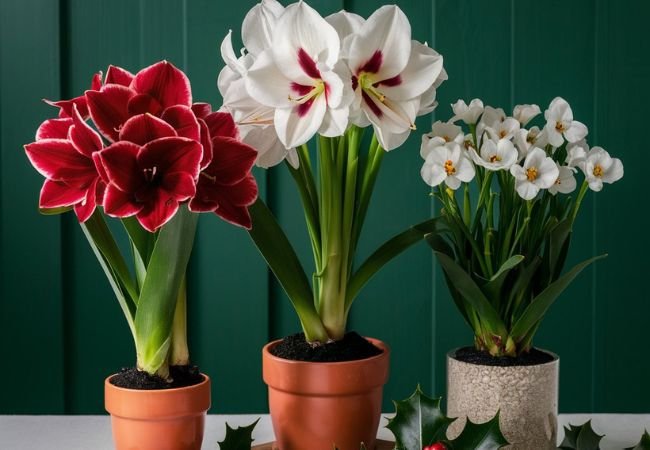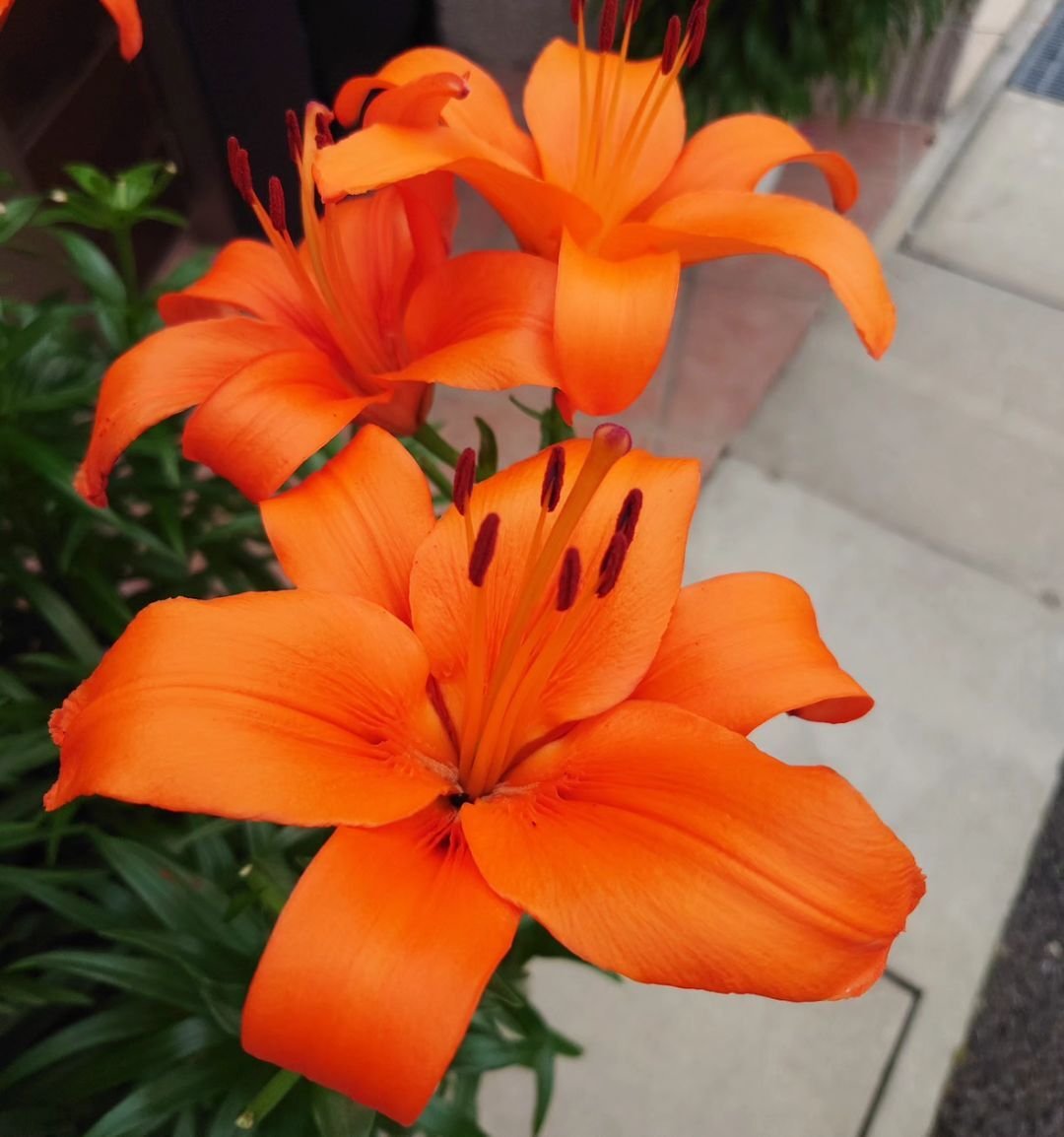Unlock the florists vault of secrets for extending cut flowers life. Learn 7 professional techniques to keep your blooms fresh and vibrant for weeks. From proper cutting to the right food, master the art of flower preservation. Click to maximize the lifespan of your beautiful bouquets.
Have you ever wondered how florists keep their flowers looking fresh for so long? With a few insider tips and tricks, you can extend the life of your cut flowers and enjoy their beauty for weeks. In this article, we’ll reveal 7 professional secrets to help your bouquets last twice as long.
Why Do Cut Flowers Die?
Before we dive into the secrets, it’s important to understand why cut flowers die:
- Bacterial growth in the water
- Air bubbles in the stems blocking water uptake
- Ethylene gas exposure
- Dehydration
- Natural aging process
Now, let’s explore how to combat these issues and keep your flowers fresh!
Secret #1: The Perfect Cut
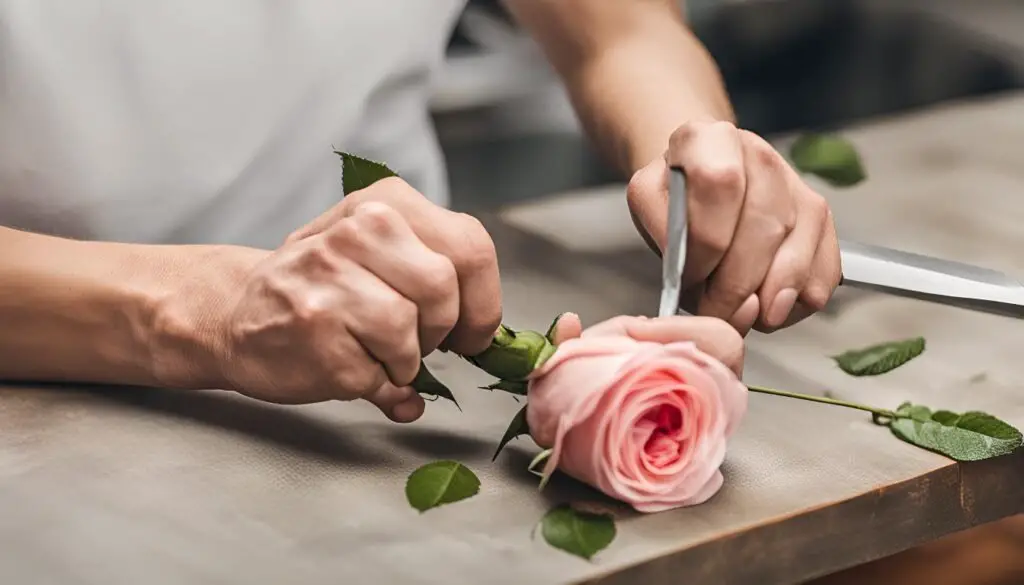
The Technique:
- Use sharp, clean scissors or a knife
- Cut stems at a 45-degree angle
- Cut about 1-2 inches from the bottom of the stem
- Cut stems underwater if possible
Why It Works:
- Angled cuts increase the surface area for water uptake
- Cutting underwater prevents air bubbles from blocking the stems
Pro Tip:
Re-cut stems every 3-4 days to maintain optimal water absorption.
Secret #2: Master the Art of Flower Food
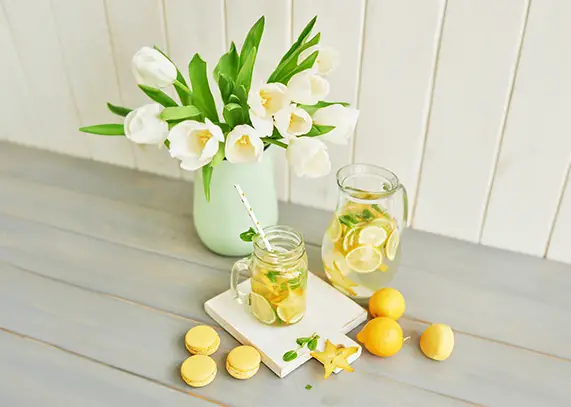
The Technique:
- Use commercial flower food according to package instructions
- Make your own flower food with this recipe:
- 1 quart water
- 2 tablespoons lemon juice
- 1 tablespoon sugar
- 1/2 teaspoon bleach
Why It Works:
- Provides necessary nutrients
- Lowers pH of water
- Prevents bacterial growth
Pro Tip:
Change the water and add fresh flower food every 2-3 days.
Secret #3: Temperature Control
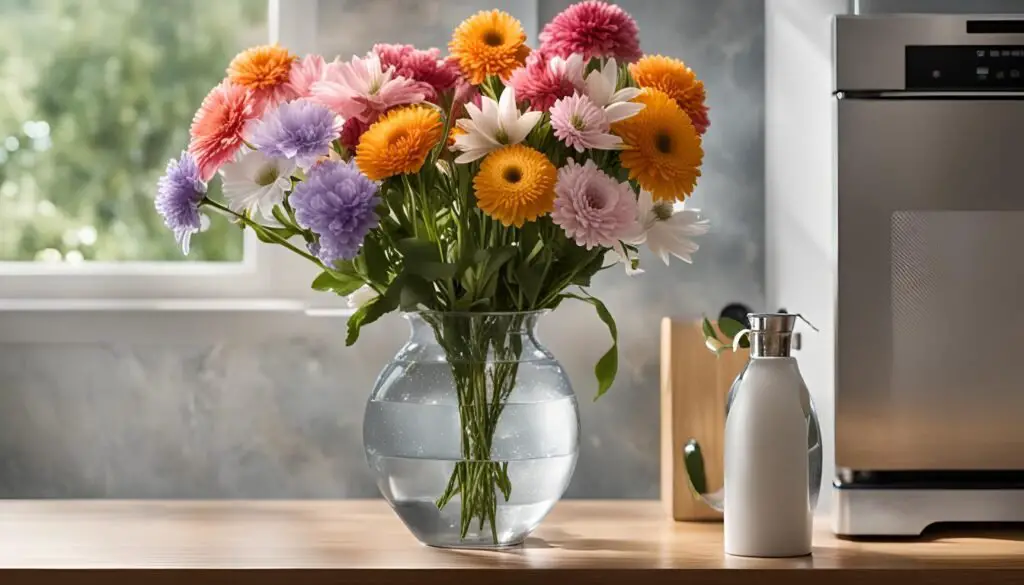
The Technique:
- Keep flowers in cool water (about 100-110°F)
- Store arrangements in a cool room (65-72°F)
- Avoid placing flowers near heat sources or in direct sunlight
Why It Works:
- Cool temperatures slow down the aging process
- Reduces water loss through transpiration
Pro Tip:
Place your arrangement in the refrigerator overnight to extend its life.
Secret #4: Foliage Management
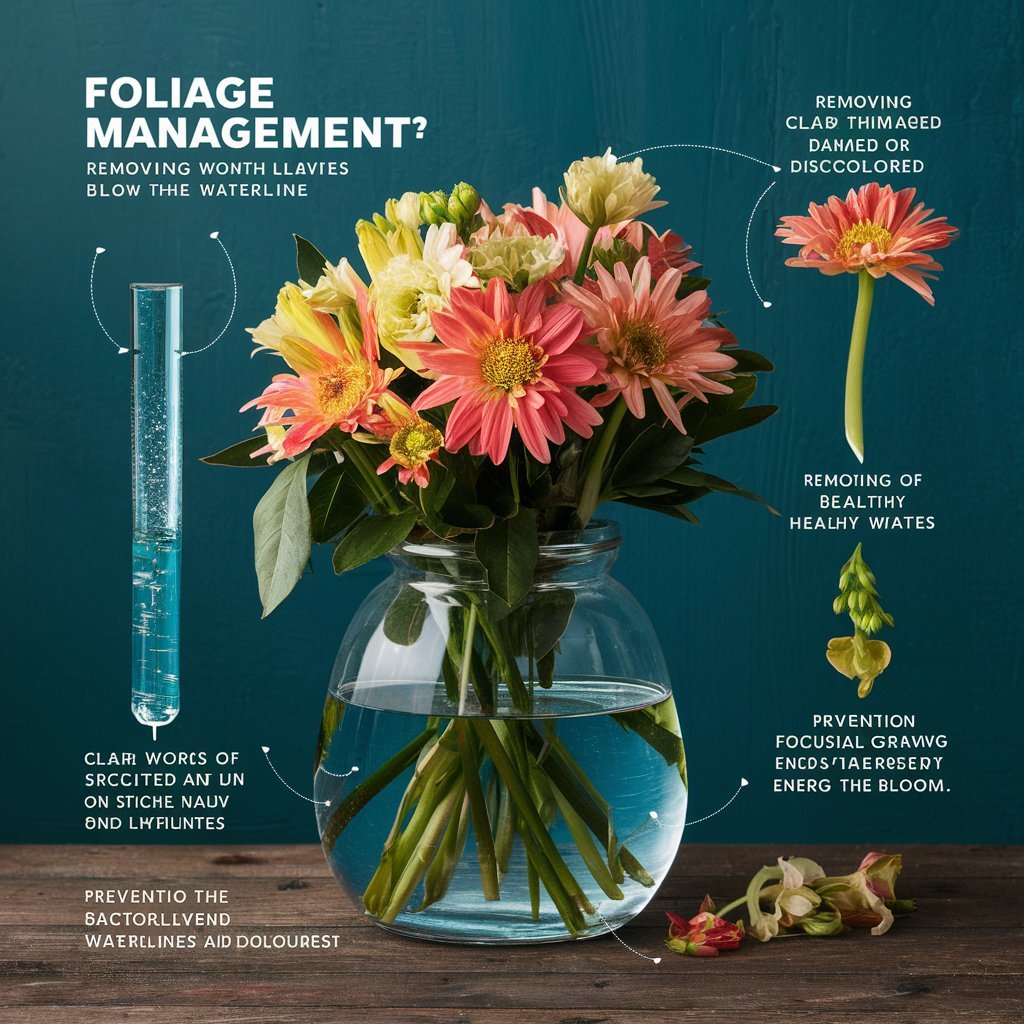
The Technique:
- Remove all leaves that will be below the waterline
- Trim off any damaged or discolored leaves
Why It Works:
- Prevents bacterial growth in the water
- Allows the flower to focus energy on the bloom rather than dying leaves
Pro Tip:
For roses, remove guard petals (the outer petals that may look discolored or damaged) to reveal the fresh inner petals.
Secret #5: The Right Vase for the Job
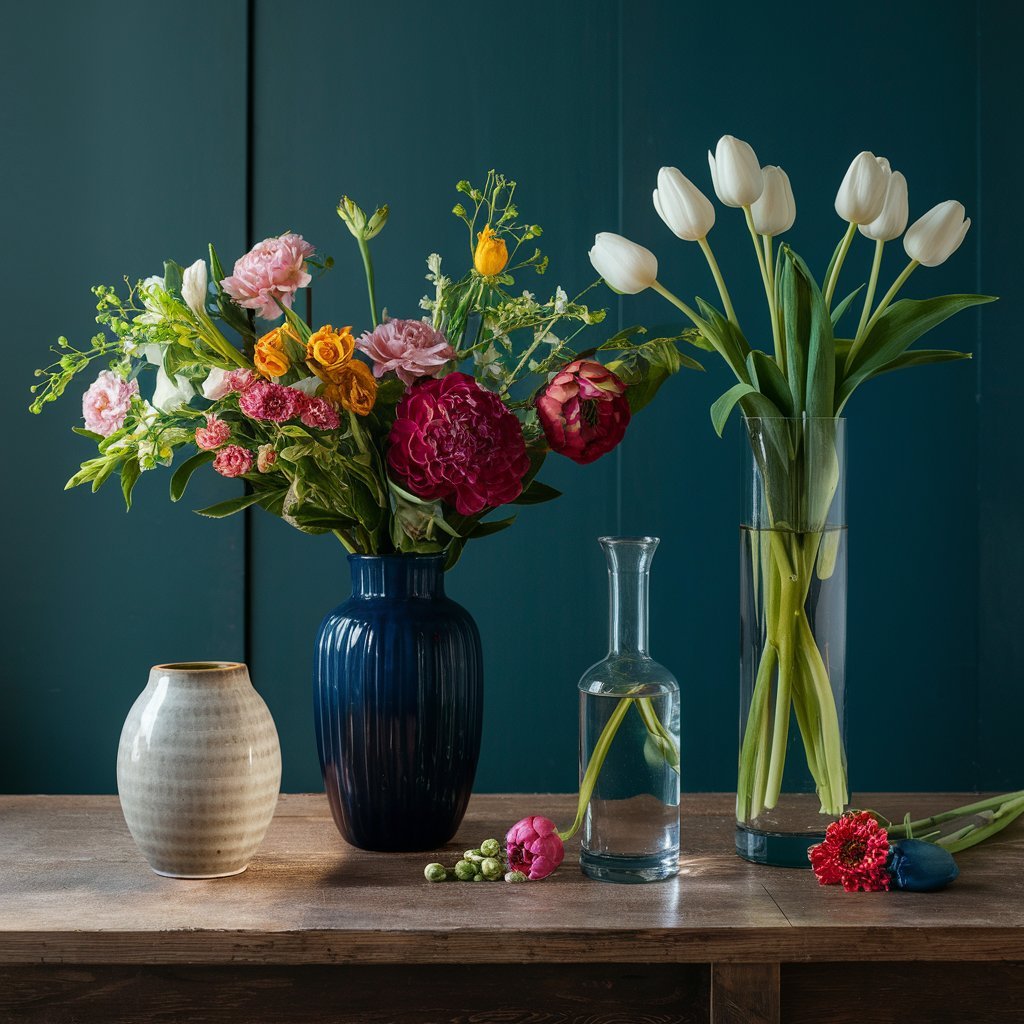
The Technique:
- Choose a clean vase that’s proportional to your bouquet
- Use opaque vases for stems that prefer darkness (like tulips)
- Consider vase shape based on flower type:
- Tall, straight vases for long-stemmed flowers
- Wide-mouthed vases for flowers with large blooms
Why It Works:
- Proper support prevents stem damage
- Clean vases reduce bacterial growth
- Appropriate vase shape enhances arrangement aesthetics and flower health
Pro Tip:
Sanitize vases between uses with a solution of 1 part bleach to 10 parts water.
Secret #6: The Ethylene Defense
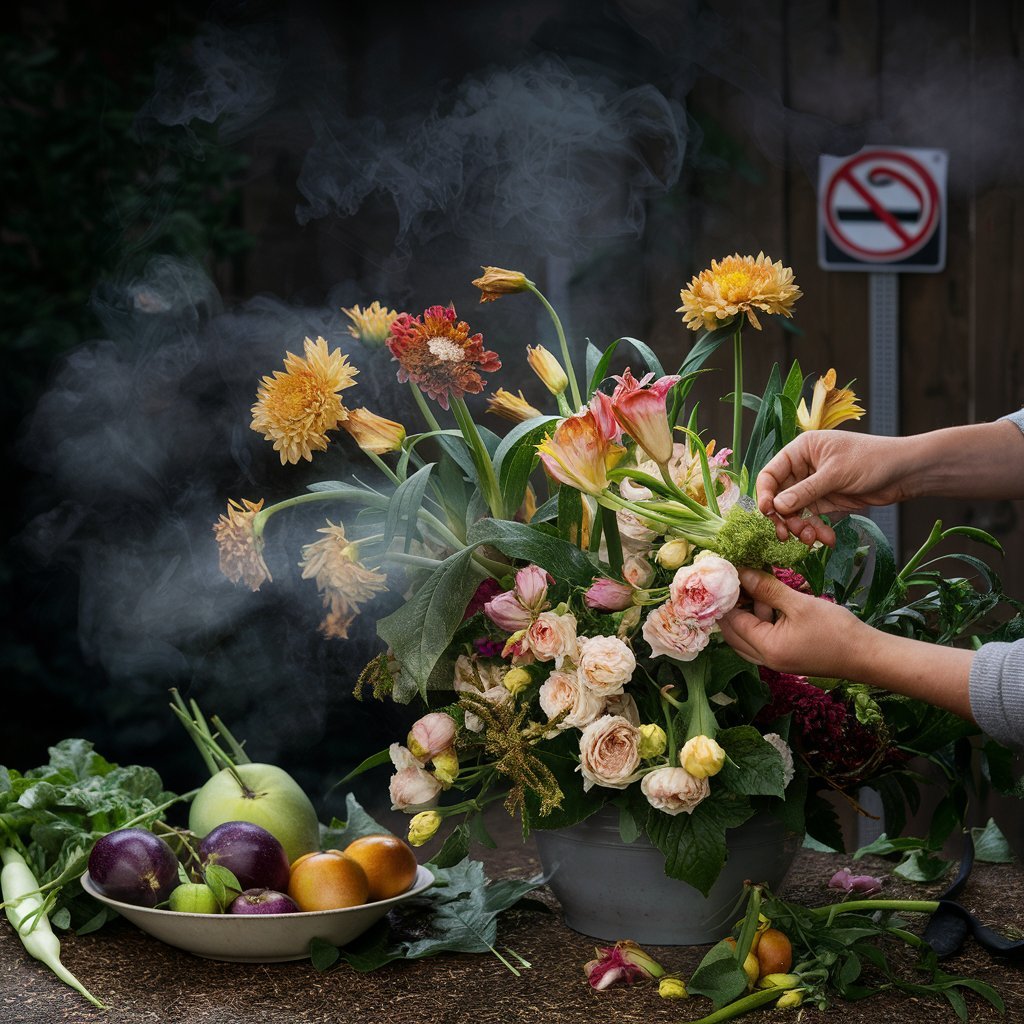
The Technique:
- Keep flowers away from ripening fruit and vegetables
- Remove any wilting flowers or leaves promptly
- Avoid exposure to cigarette smoke
Why It Works:
- Ethylene gas, produced by ripening produce and dying plant material, speeds up the aging process in flowers
Pro Tip:
Some flowers, like carnations, can be treated with ethylene inhibitors available at floral supply stores.
Secret #7: Flower-Specific Care
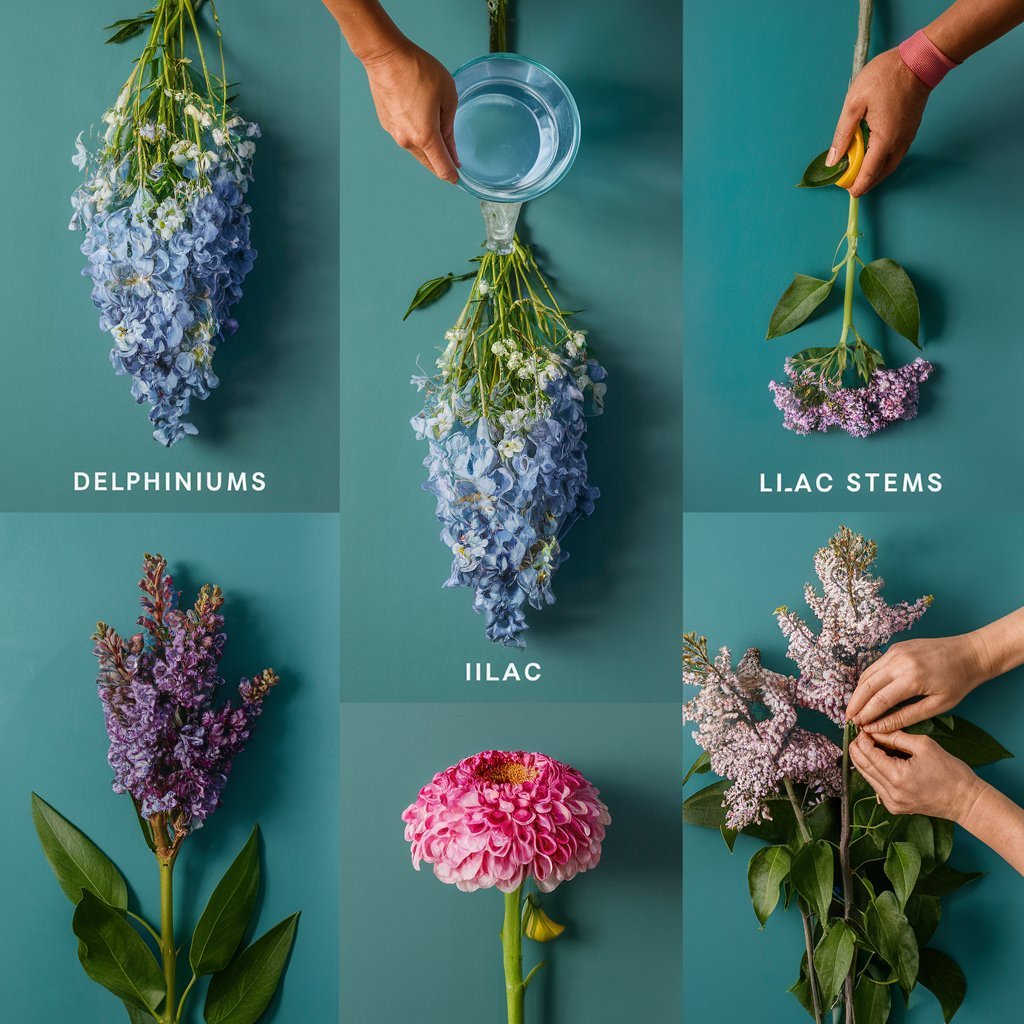
The Technique:
- Research the specific needs of each flower type in your bouquet
- Apply specialized care techniques as needed
Examples:
- For hollow-stemmed flowers (like delphiniums), turn them upside down and fill stems with water before placing in a vase
- For woody-stemmed flowers (like lilacs), split the ends of the stems to increase water uptake
Why It Works:
- Different flowers have unique needs
- Tailored care maximizes the lifespan of each flower type
Pro Tip:
Keep a floral care guide handy for quick reference on specific flower needs.
Bonus Tips:
- Use filtered or distilled water to avoid mineral buildup in stems
- Mist flowers daily to increase humidity (especially for tropical flowers)
- Avoid arranging flowers near air vents or fans
- If a stem breaks, recut it and wrap it with floral tape before placing back in water
Conclusion
By applying these professional secrets, you can significantly extend the life of your cut flowers, enjoying their beauty for much longer. Remember, consistent care is key – a little attention each day goes a long way in preserving your blooms.
Whether you’re caring for a special bouquet or just want to get the most out of your regular flower purchases, these tips will help you become a master of flower preservation. Enjoy the lasting beauty of your floral arrangements!
For more information on flower care, visit the Society of American Florists website
Learn about sustainable floristry practices from the Slow Flowers Society
Happy flower keeping, and may your blooms last long and prosper!


